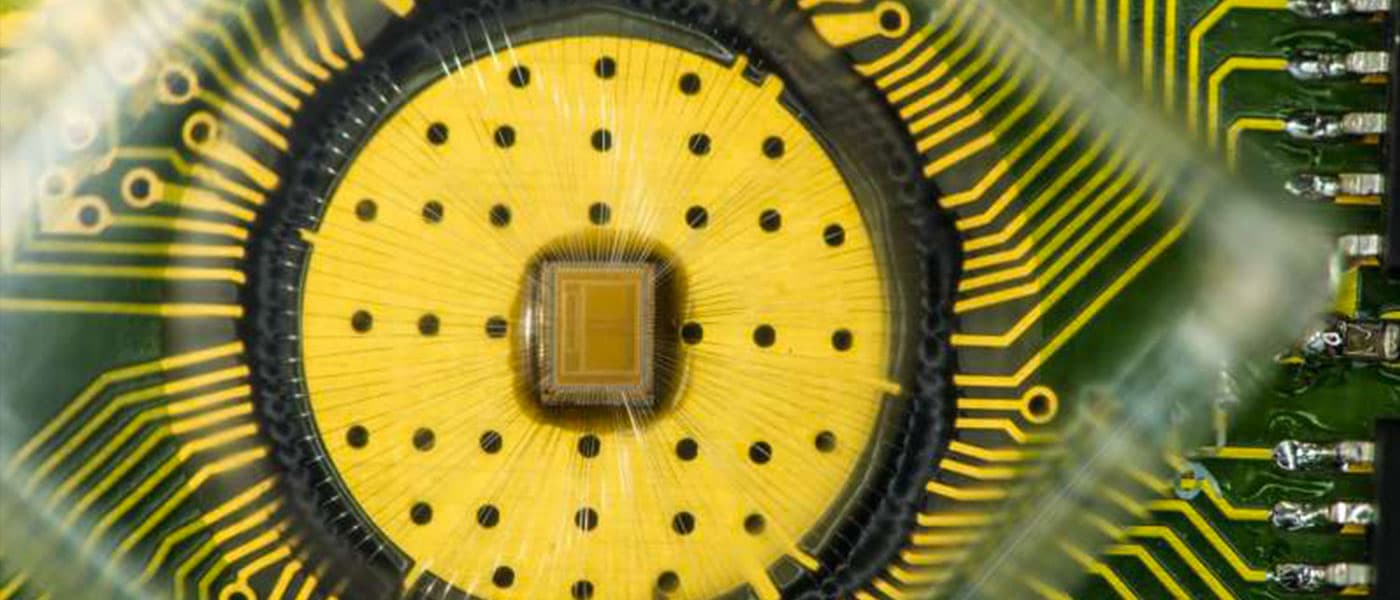A New Age In Storage
Phase change memory (PCM) is the same technology used in optical disk storage—rewritable CD’s and DVD’s—which became common in the early 2000’s. The technology was overshadowed and had been somewhat cast aside as dynamic random access memory (DRAM) technology became dominant. After around fifteen years, however, memory retailers observed challenges, particularly with the scalability of prevailing memory technology, and decided to revisit phase change memory.
Now it's back with a vengeance.
In the past, only 1 bit per cell could be stored in PCM’s, making it a limited capacity choice that is also not very cost-efficient. But scientists at IBM Research found a way to tweak the characteristics of PCM so that it is significantly better than current storage technology.
Dr. Haris Pozidis, a Non-volatile Memory Scientist at IBM Research Zurich, notes that this is the first time in history that someone was able to store three-level-cell (TLC) or 3 bits per cell in PCM arrays and also address all the major reliability challenges of memory technology. The current capacity solves that problem "because at this density, the cost of PCM will be significantly less than DRAM and closer to flash," Pozidis says.
The new PCM technology can endure at least 10 million write cycles, compared to a flash drive’s 3,000-write cycle limit, and can be integrated with flash memory to form a hybrid that could make a mobile device power up within a few seconds.
The re-mastered technology will result in low-cost storage with the characteristics of DRAM but scalable to much higher densities that can keep your data intact even in case of power loss, as it is non-volatile.
Technology Dates Back 47 Years
PCM is a technology based on Charlie Sie’s research, published in 1969, where he noted that some materials can switch between amorphous and crystalline phases. “In 1969 at my younger years, I wrote a dissertation at Iowa State University on how to use the different phases (amorphous or crystalline) of a glass-like material (chalcogenide) to store "1" or "0" for computer memory; it is called the phase change memory.”
He was referring to this old school video:
His study is revolutionizing storage as we know it, 47 years later.
Share This Article
